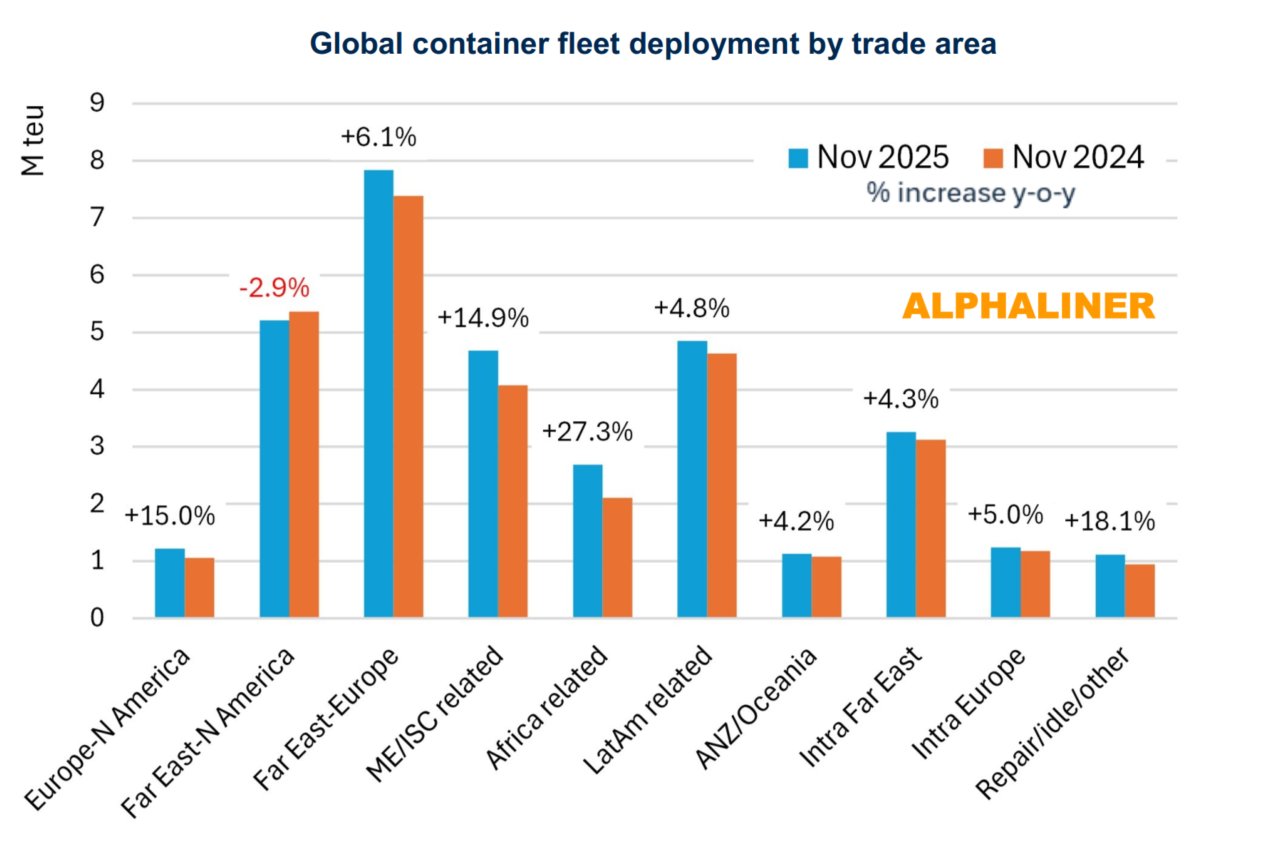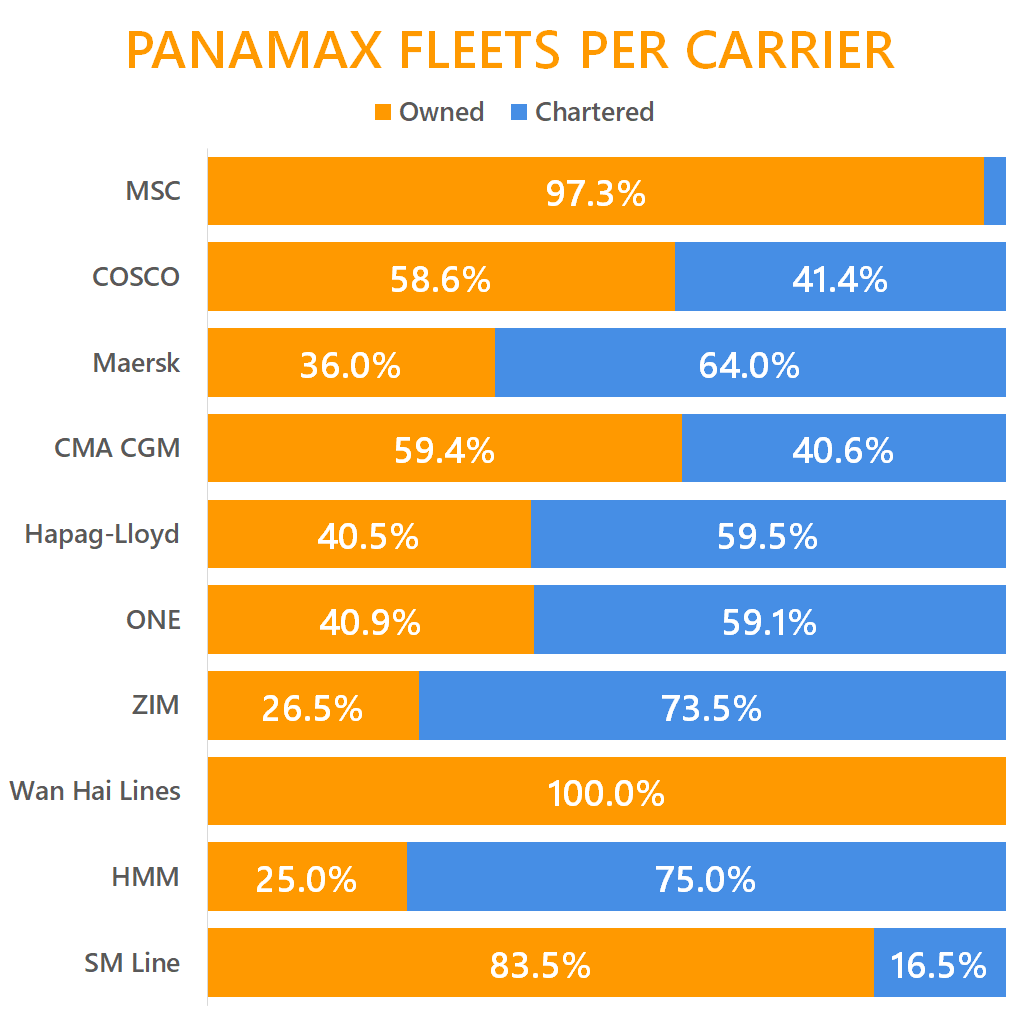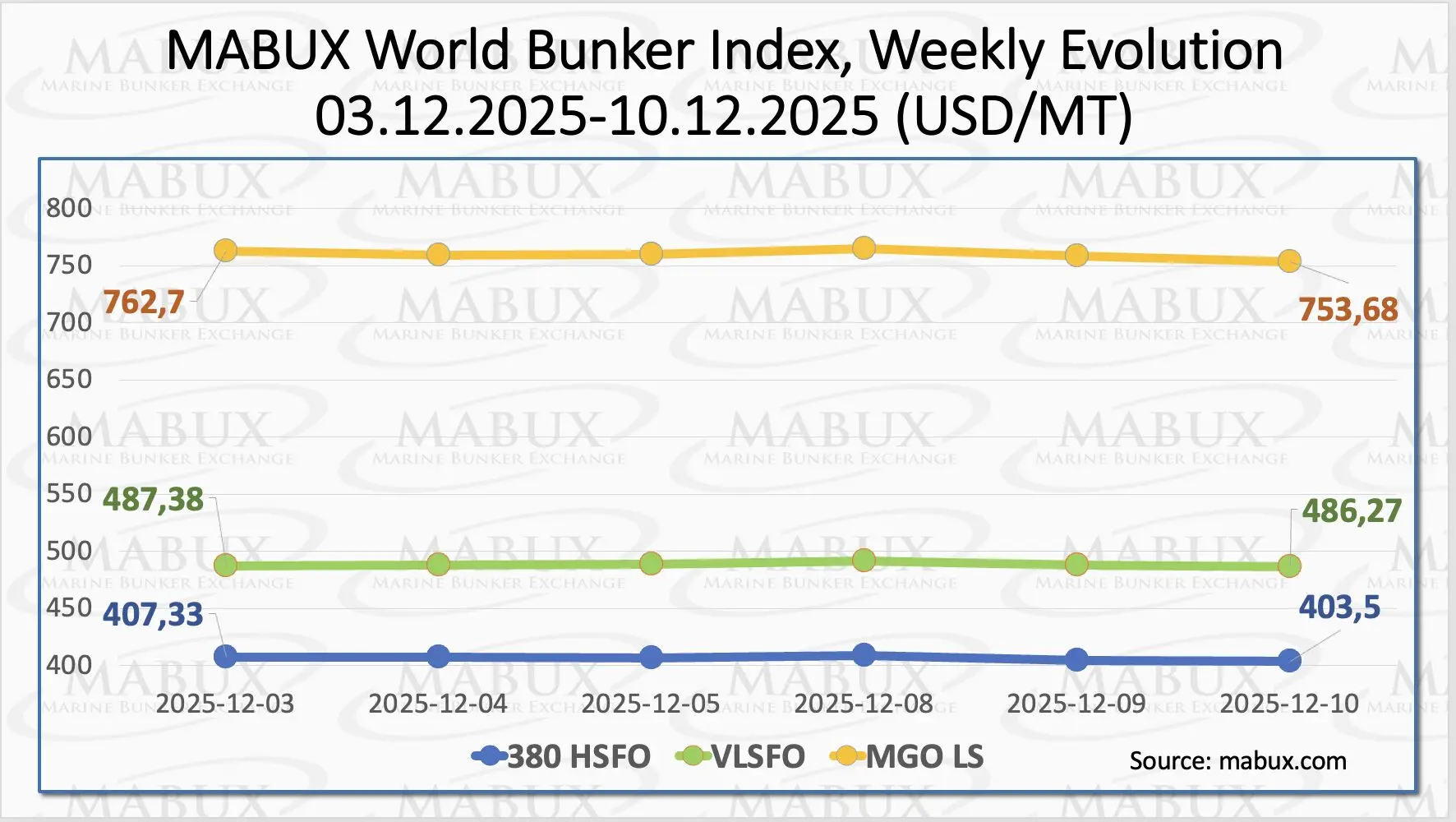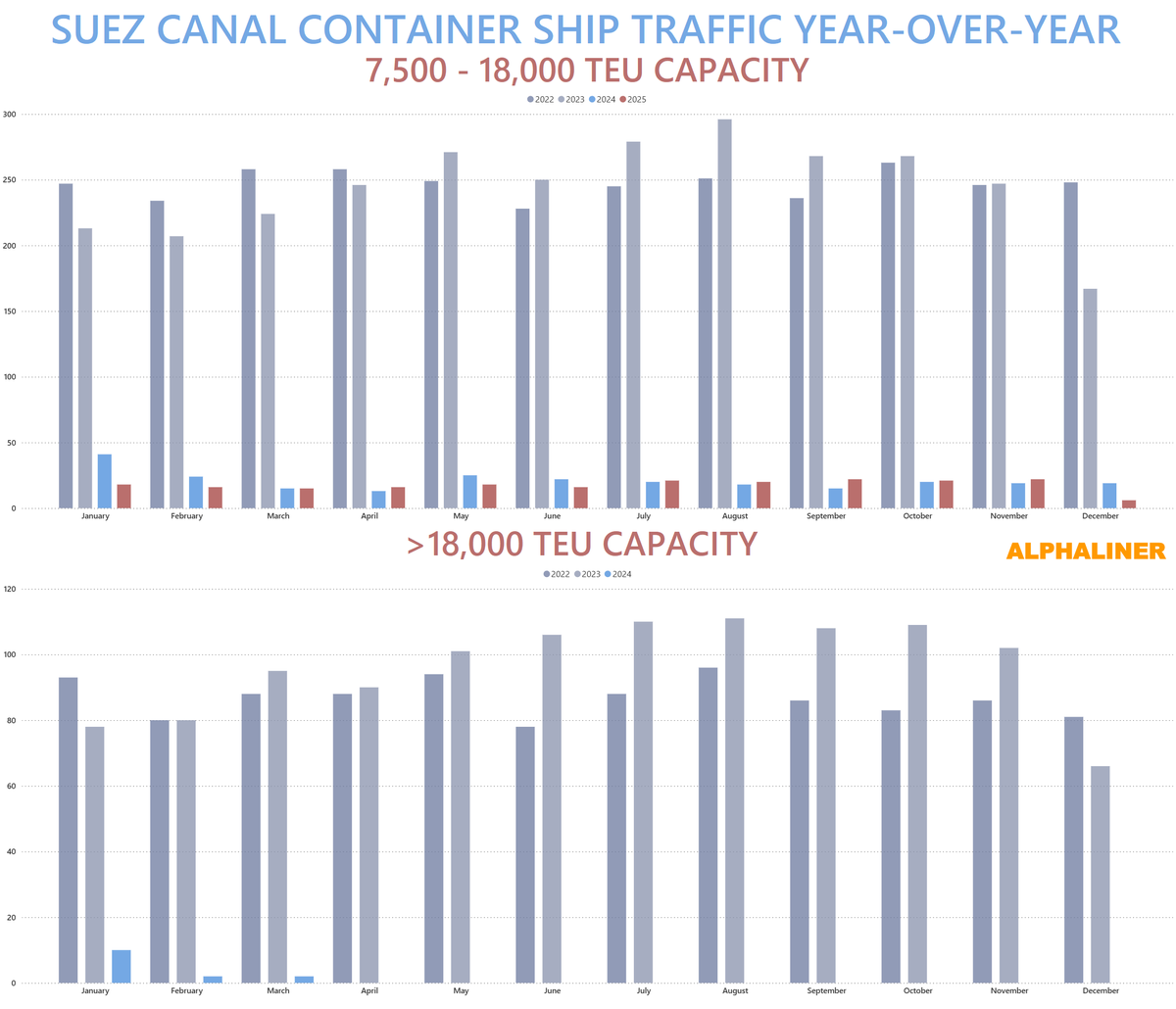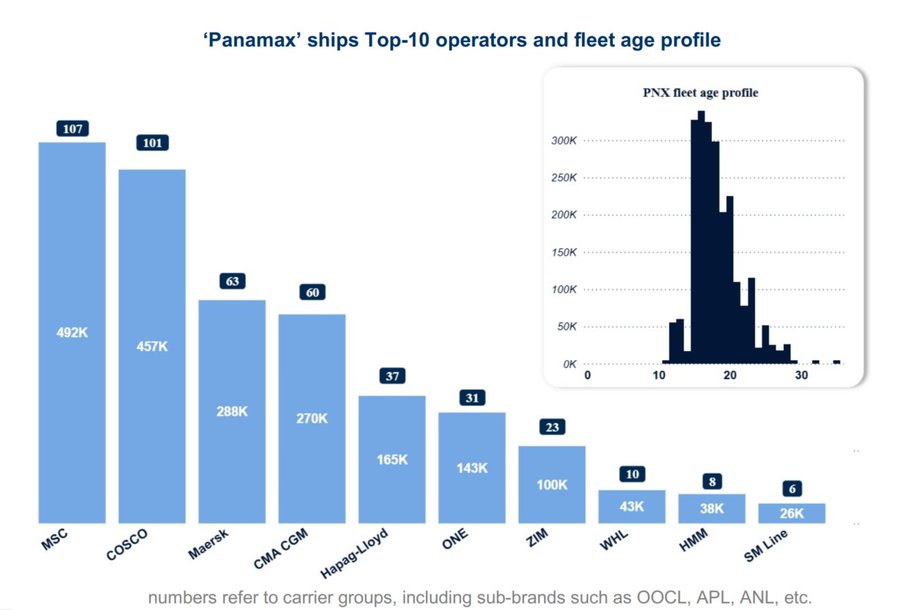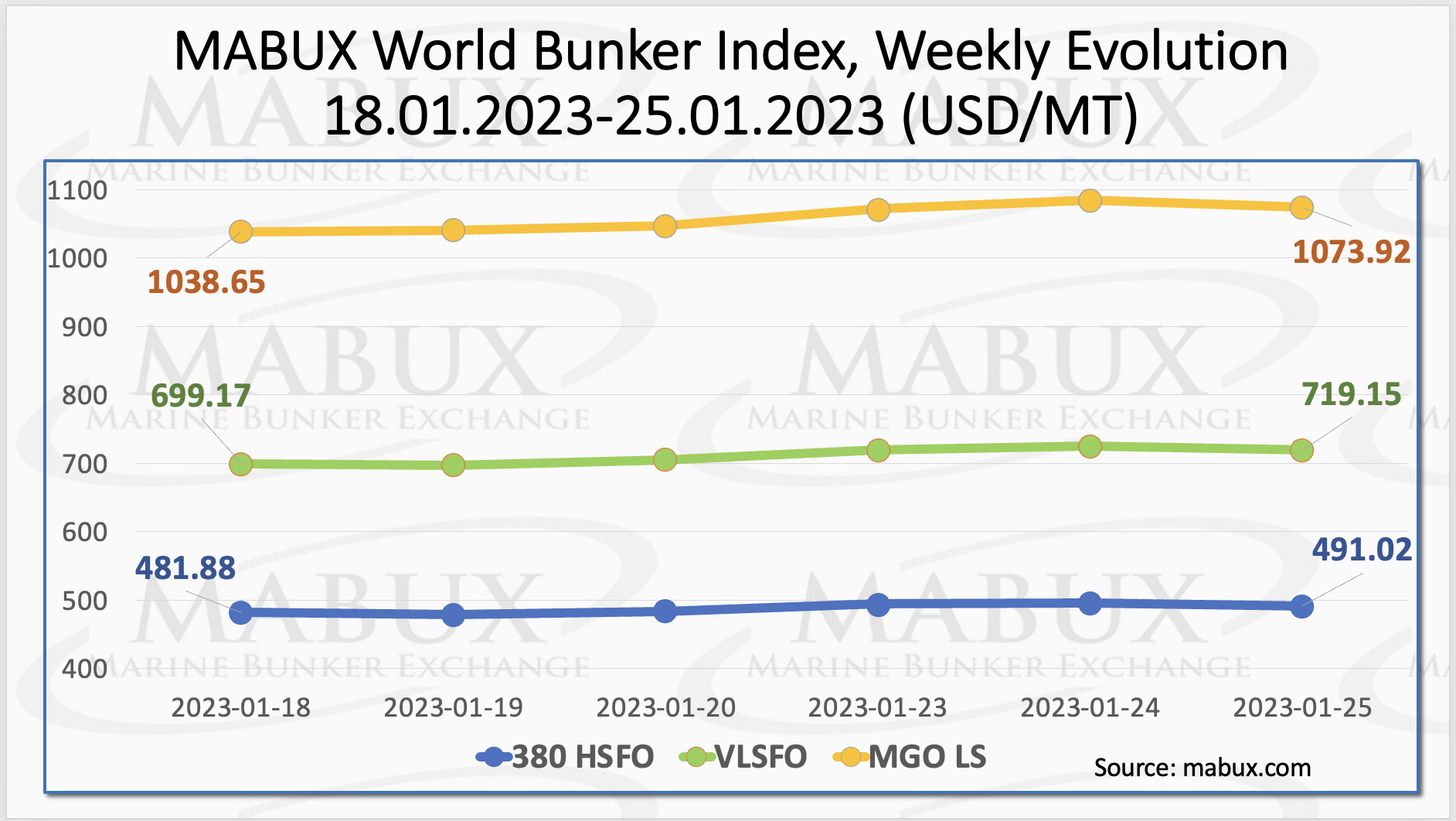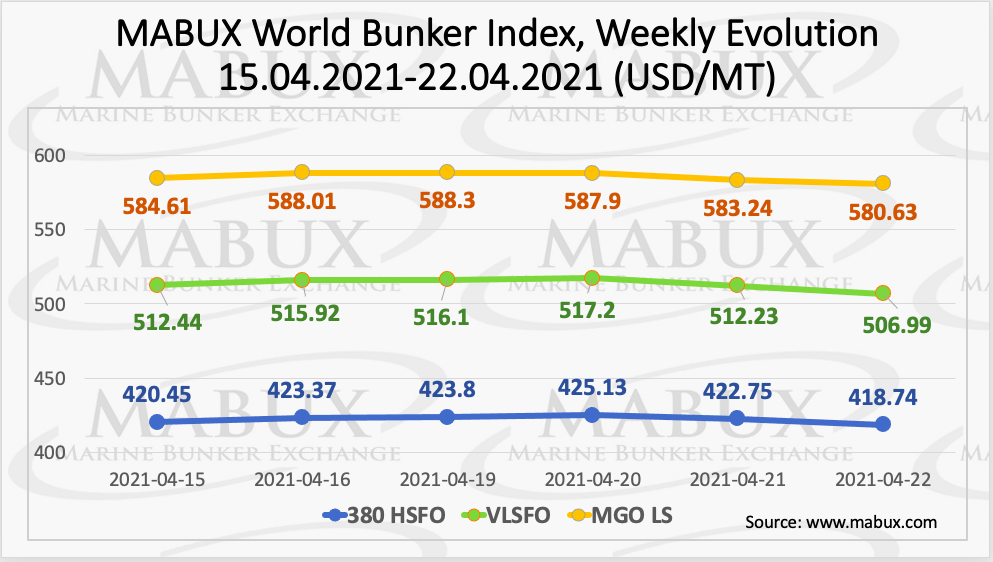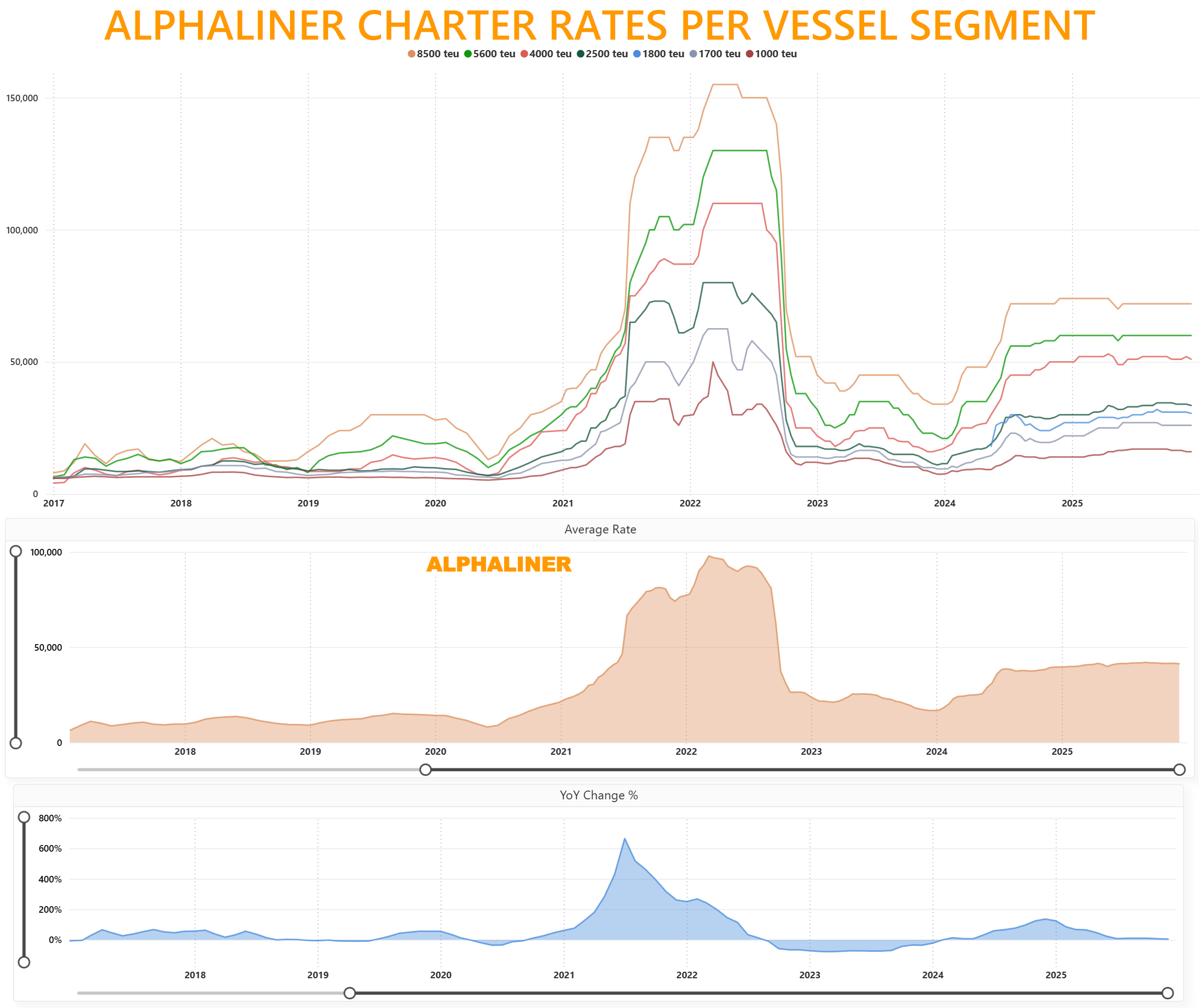
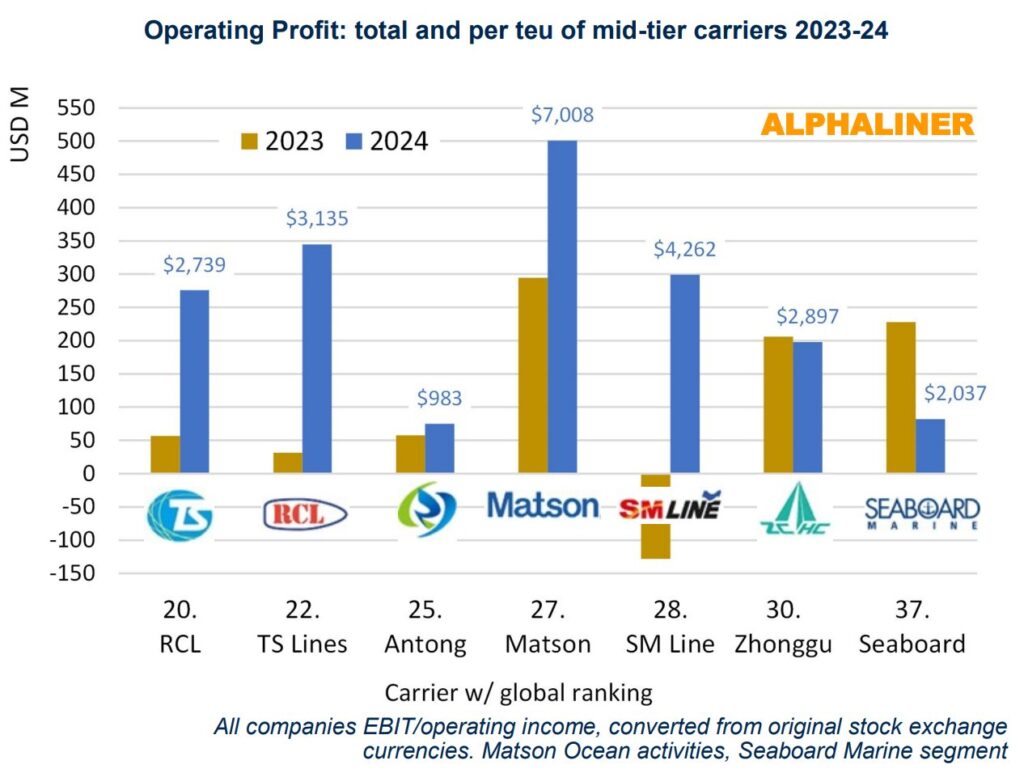
Transpacific activities once again proved crucial for the earnings of the public mid-tier carriers in 2024. US-based niche carrier Matson boosted by its lucrative Jones Act business, generated the largest corporate profits in both absolute and per fleet-teu terms.
However, Korea’s SM Line and China’s TS Lines were also able to generate high levels of income relative to their fleet size.
Seoul-based SM Line recorded operating profits equivalent to approximately $4,260 per fleet-teu, significantly above some of its larger competitors.
TS Lines logged the third highest per-teu figure at $3,135 per teu. Both lines were active on the Transpacific in 2024, with SM taking slots on HMM’s Asia – USWC service, and TS operating its own services.
Regional lines were not so successful. China’s Zhonggu Logistics and Antong Holdings continue to focus on the domestic Chinese market, and efforts to hire out a large portion of their fleets in a strong charter market could not match the Transpacific advantage. Thailand’s RCL also has no exposure to the Transpacific, although it launched a first long haul Far East-Latin America service earlier this year.
The mid-tier carriers (those ranked 11-30) collectively operate 3.0 Mteu today, up from 2.5 Mteu three years ago. By contrast, the Top 10 carriers increased their capacity by a larger percentage in the period, from 21.8 Mteu to 27.1 Mteu. The gap between the number one and number 20 ranked carrier (MSC Cargo and RCL) has also grown, from 4.4 Mteu in 2022 to 6.4 Mteu today.
Source: Alphaliner

